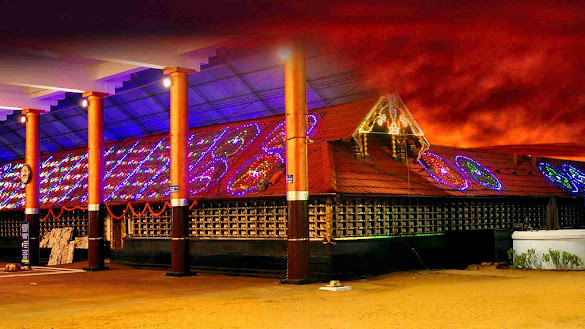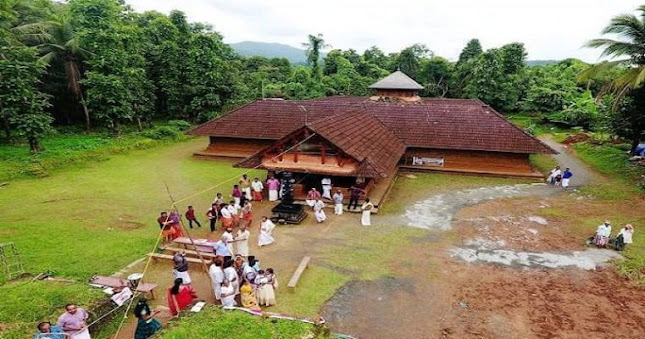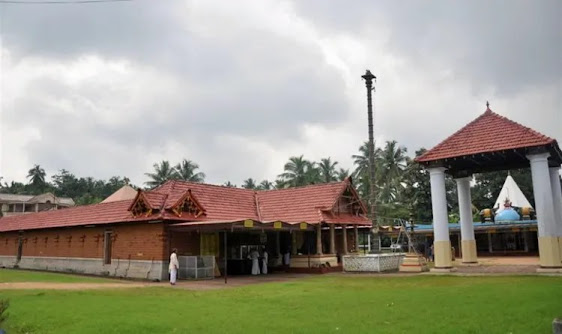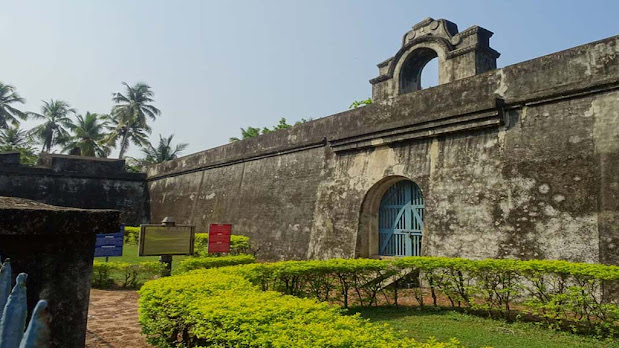The arrival of Vasco Da Gama

On the side of the road along the Kappad Beach n Kozhikode one can find a stone memorial with an inscription which remembers the date when Vasco Da Gama landed at Kappad. The memorial is appropriate to have in Calicut as the epoch of Gama is an important milestone in the history of Calicut. Gama is credited to have found the route to India when he landed in Kappad but this belief is not true to a certain extent. Even before Gama landed at Kappad, Calicut had trade relations with the Chinese & the Arabs. The arrival of Vasco Da Gama only resulted in the start of relations with Europe & for that unknowingly Gama is responsible. In truth, there is nothing in Vasco Da Gama’s discovery which entitles him to the claim of a great explorer. His glory is entirely based on the historical events that followed his arrival & many years past his death. Vasco Da Gama did not reach the coast of Kerala accidentally or sailed in unchartered waters. On the contrary he was helped by very com








